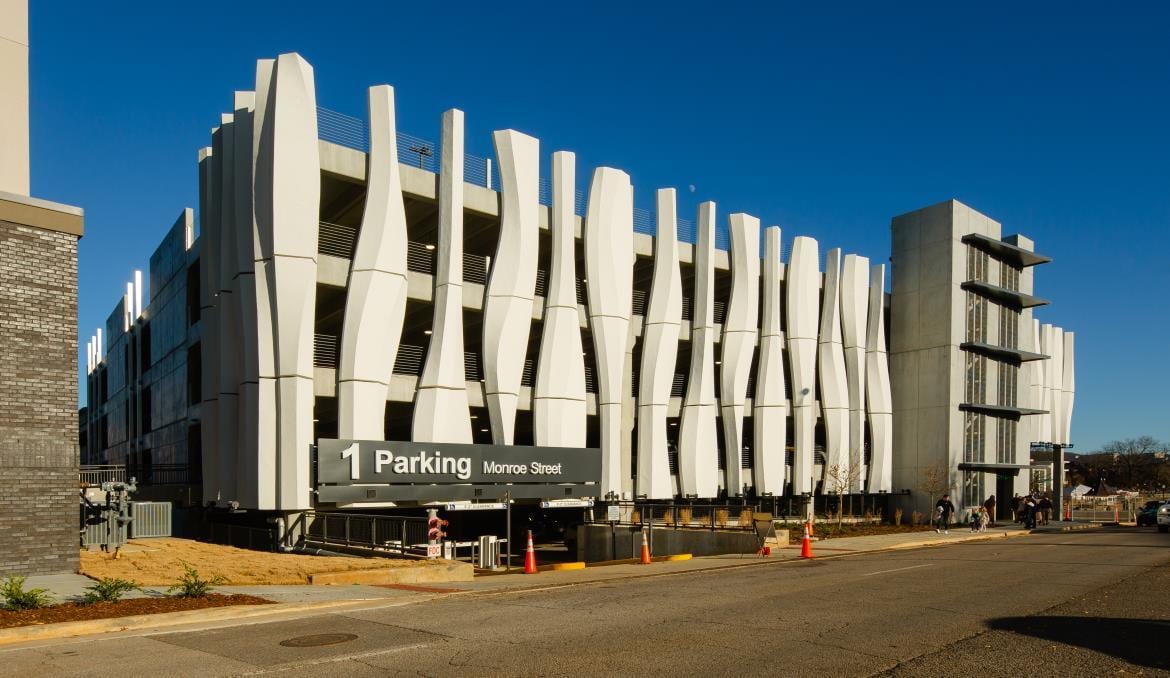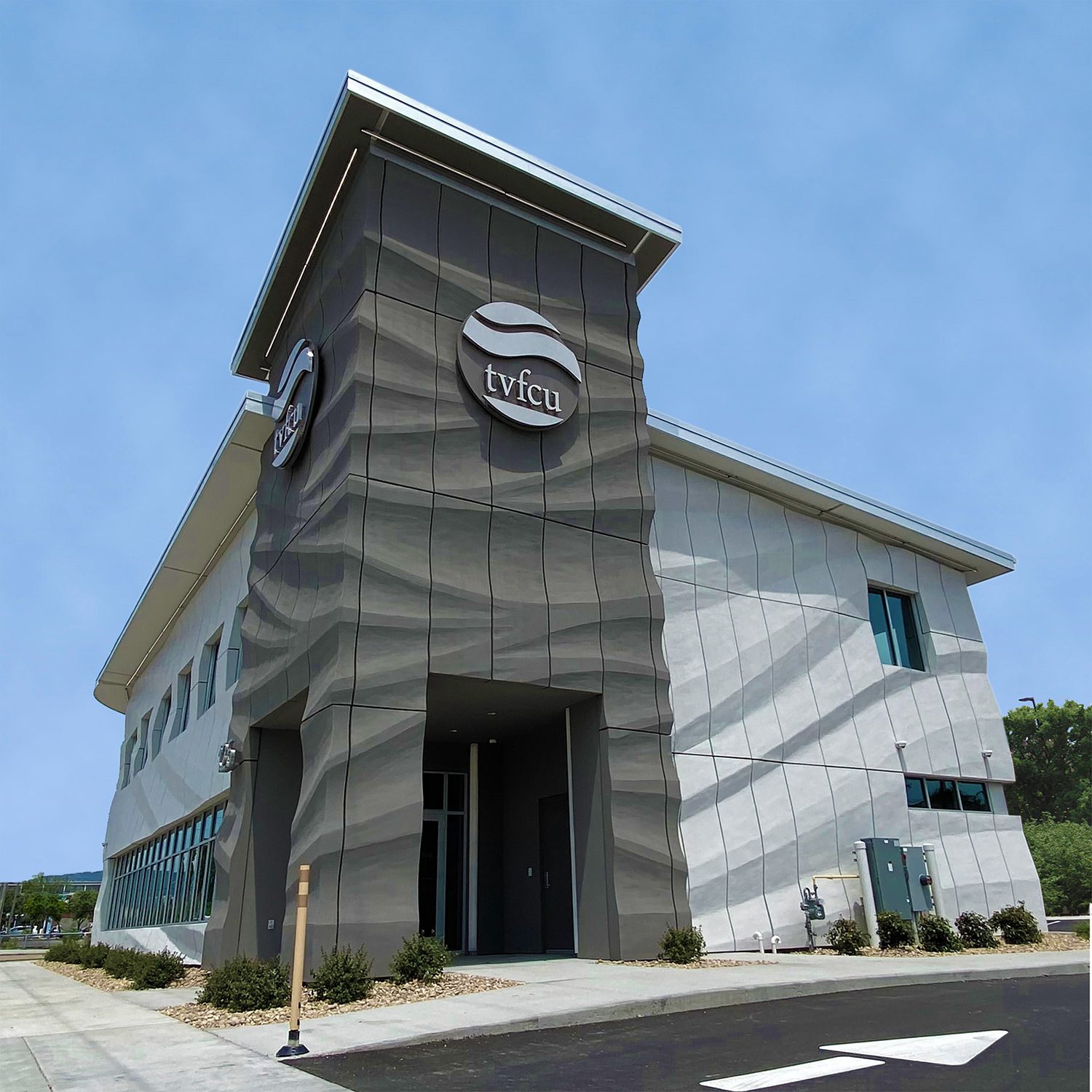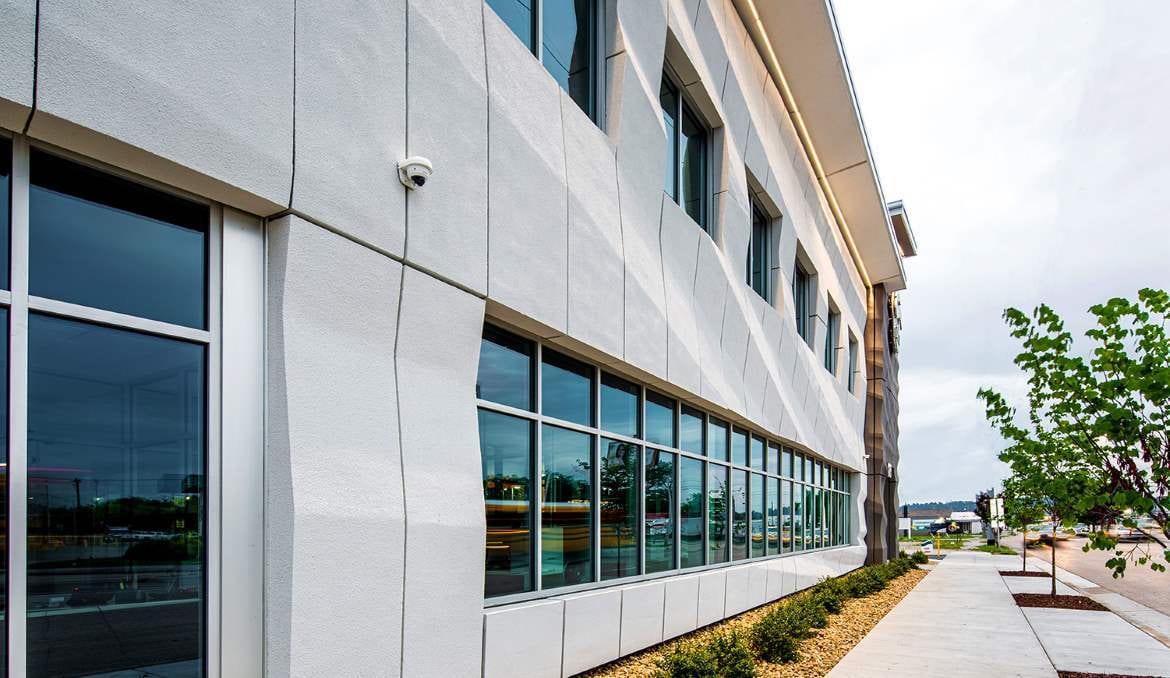Since humankind began building structures, cladding has existed in one form or another to provide protection, warmth, and privacy. Some early forms of cladding such as timber or wooden clapboard are still in use today. However, in the construction industry, great advances have been made in building envelope design with the development of high-performance cladding materials such as metal composite panels, ceramic tile, stone, composites, and more.
We have now entered a new age of what can be done with the outer walls of a building. With the introduction of 3D printing technology and its applicability to the construction industry, architects, builders, developers, and owners are now collaborating to create truly one-of-a-kind facades. These building exteriors transcend designs of the past, allowing architects to achieve exceptionally unique shapes and forms.
New-age cladding choices are not just for show. Manufacturers are aiming to exceed performance and building code standards with the materials they are providing to the marketplace. Fortunately for us—as well as architects, building owners, and individuals who simply admire architectural design—certain manufacturers are achieving dramatic success.
All photos courtesy of Branch Technology.
New Cladding on the Block
Utilizing 3D printing for building and construction is a relatively novel concept. However, the technology has major implications for the building and design landscape.
According to an article on Designing Buildings, 3D printing is well-suited for the industry: “Construction 3D printing may allow faster and more accurate construction of complex or bespoke items as well as lowering labor costs and producing less waste.”
Manufacturers are utilizing this 3D printing/additive manufacturing technology and combining it with prefabrication to not only meet design and performance requirements for structures, but to also impart significant savings to stakeholders in the construction process.

The Three Ps of 3D
Planning
In order to 3D print a cladding material, manufacturers must have a design plan in place. For most companies, this is the first step in the digital fabrication process.
First, the manufacturer will work with an architect or design professional to take any abstract, unique design vision and create it in a digital file. This allows for unprecedented freedom when designing cladding even for large-scale building facades.
Printing
Once a design file is finalized, 3D printing robots use the design to print a cellular structure that serves as the base material for the cladding. This 3D-printed shape can take on various forms: undulating, bending, cornered, flat, textured, and more. At Branch Technology specifically, this base cellular structure is known as BranchMatrix™. Recent examples of this composite material design flexibility are the oneC1TY Pavilion or Purple S.T.E.A.M.
This printing process only prints the amount of material needed, which significantly reduces waste when compared to cutting and fabricating traditional materials such as metal or concrete.
Prefabricating
For cladding applications, this 3D-printed structure is filled with closed-cell insulating foam which is milled back using robots to replicate the digital design. The panels can then be finished in either stucco or glass fiber reinforced concrete (GFRC) with a variety of textures or colors.
The prefabrication process takes place in a safe, controlled indoor manufacturing environment with high-tech tools. Manufacturers employ highly trained staff that each possess a precise understanding of how 3D-printed cladding is fabricated, which provides significant advantages compared to on-site fabrication by a third-party entity who may be unfamiliar with the material. It also imparts significant time and cost savings for the installers and building owners as material arrives at the site complete and ready to install.

Industry Implications
Time Savings
Construction professionals may spend hours on the job site just looking for and transporting materials. By prefabricating, installers have the materials where and when they need them to install. This delivers significant efficiencies for large-scale commercial structures, where saving time at such scale is immensely valuable.
Easier Installations
3D-printed cladding panels are comprised of a lightweight cellular core, foam, and a finishing material. While these cladding panels can be designed to offer incredibly high R-values, they remain lightweight. This permits easier and safer hoisting of the materials and less labor required for installation.
Energy Efficiency
The sustainability movement in the construction industry is encouraging manufacturers to commit to the greater good of the planet and its people. Much of this effort is focused on increasing the energy efficiency of our buildings and reducing their overall carbon footprints. Often, this process begins with the building envelope.
The two-pound density insulating foam that fills the openings within the 3D-printed latticework of these panels not only significantly enhances its structural capacity, but it also boosts its thermal performance.
Consider panels produced by Branch Technology. Its 3D-printed panels possess an R-value of R-7 per inch and must be manufactured to a minimum of 4 inches. However, they can be made to as thick as 12 inches. Therefore, panels have the potential of delivering a value of up to R-84, which far surpasses any current energy efficiency requirements. Depending on their articulation, cladding panels can be installed continuously on the outside of a building for a system that is deemed to be continuous insulation. These panels allow architects to design buildings that significantly reduce energy consumption throughout their lifetime.
Unrestrained Design Freedom
When architects and designers have access to materials that offer superior performance, allow them to tap into their full creative potential, and offer real advantages for construction crews, the trifecta is complete.
The truly exceptional quality of 3D-printed cladding is that architects and designers are no longer confined to the design constraints of traditional building materials. Buildings no longer need to adhere to a boxy, square template. By working from digital CAD files with 3D geometries, the possibilities are nearly limitless. The precision of the robots and the design flexibility of 3D-printed latticework means that these computer-aided designs can actually come to life for real-world applications. These facades can wave or ripple or take on completely unique forms to achieve truly special results.

Cladding: Complete
A new frontier in cladding has arrived. 3D-printed cladding solutions are still in their early stages of adoption across the industry. However, its potential and advantages being delivered to those who are using it are clear:
- Virtually limitless design freedom
- Time savings
- Labor savings
- Waste reduction
- Prefabricated to ease jobsite transportation and installation
- Designed to exceed thermal insulation requirements
- Democratization of mass customization
